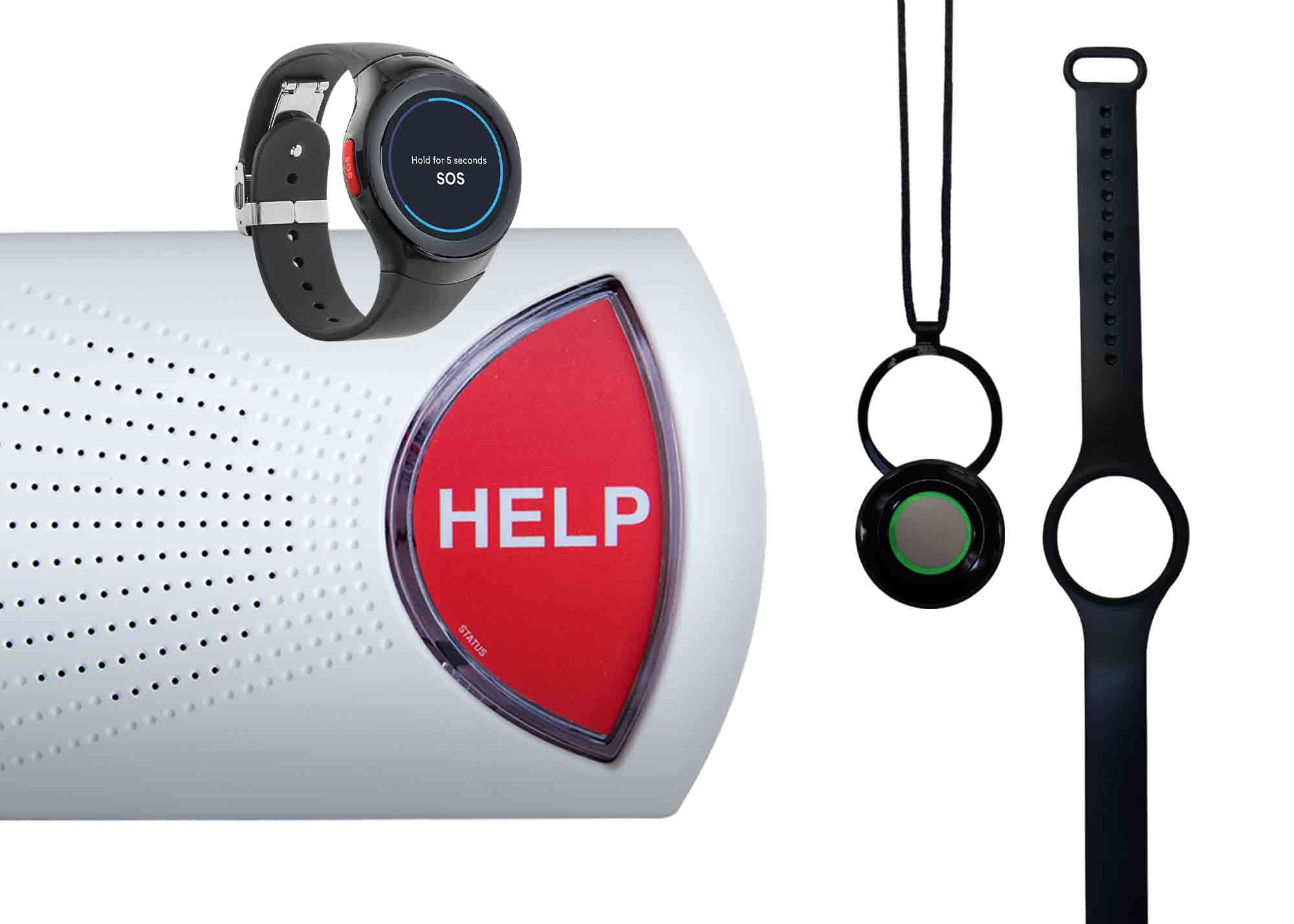How No-Monthly-Fee Medical Alert Services Work
September 8, 2015
You may have heard about “no-monthly-fee” medical alert systems, but you might not understand how they work or if they are right for you or your loved ones. Before making a decision as to whether a no-monthly-fee medical alert device is right for you, it’s important to understand what they are and the pros and cons of the system.
What are the hidden costs?
Simply put, medical alert systems without monthly subscription fees do not require the user to pay a recurring fee for the service. Instead, there is a one-time upfront cost for the equipment. After that, there are no additional expenditures.
Who is notified of alerts?
The other major difference between these medical alert systems with no-monthly-fee and those that charge a monthly fee is where the alert actually goes once you press the button. With subscription-based services, the alert goes to a monitoring center. This means that a trained professional will answer the call and provide the assistance you need. Furthermore, the operators will have intimate knowledge of your location, medication needs, and emergency contacts.
With “no-monthly-fee” services, although cheaper in the long run, there are a few facts to take note of. When help is needed, your alert goes to the people you have selected to receive calls and / or 911. This isn’t necessarily a negative, but there is a chance that the first and even second person on the list will not be available to answer the call. The call can also go to your local 911 center but unlike a traditional subscription-based service, 911 operators won’t have your emergency information on hand.
What are my options?
There are several options when it comes to selecting medical alert devices. No-monthly-fee devices fall into a few different categories.
This is an example of how the phrase, “you get what you pay for” rings true. Higher end devices can go as high as $300. Low-cost devices tend to come with design flaws and short ranges, meaning the distance the device will work between the base unit and the alert button you wear.
Ranges can vary from 50 feet all the way up to 600 feet. Unless your loved one lives in a very small apartment, a range of 50 feet will not be wide enough. Lower-cost units also tend to limit the amount of phone numbers you can pre-program into the device. With a service that charges a monthly fee, all alerts go to the monitoring center, so this isn’t an issue.
Pros of No-Monthly Fee Medical Alert Devices:
- Costs less
- 2-way voice
- Can be purchased from retailers like Amazon, Costco, and Walmart
Cons of No-Monthly-Fee Medical Alert Devices:
- Family members might not be available to take the call
- You may have to wait longer for help in life-threatening situations
- User might hesitate in using the system as they don’t want to be a bother
With a better understanding of the two types of devices, it becomes easier to determine which device would best serve your loved one’s lifestyle and personality.
Consider Your Alternatives
At first blush, a full-service medical life alert system may seem much more expensive than a no-monthly-fee system, but do a little comparison shopping. You’ll find that there are many affordable options. There are many affordable monitored medical alert services in the market today and all are highly reputable, credible, and will get you help FAST without having to rely on 9-1-1.
We thought you might also like:
Will Medicare or Insurance Pay For Medical Alert Systems?



